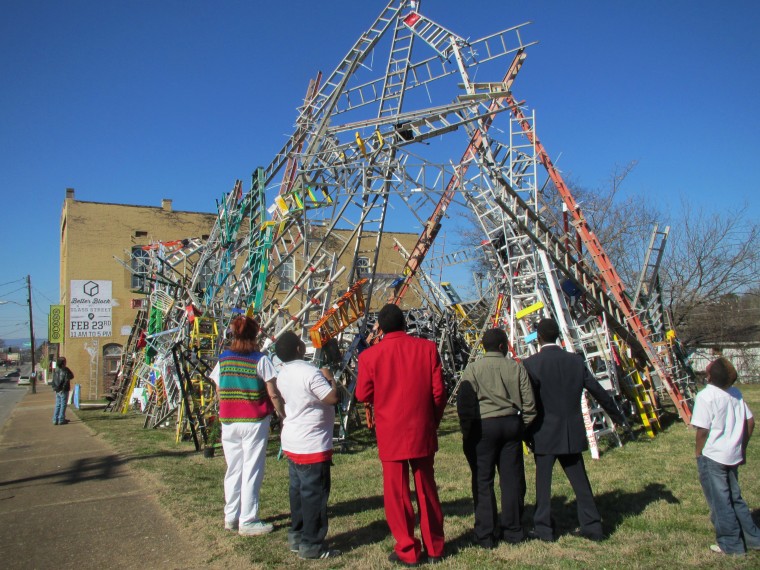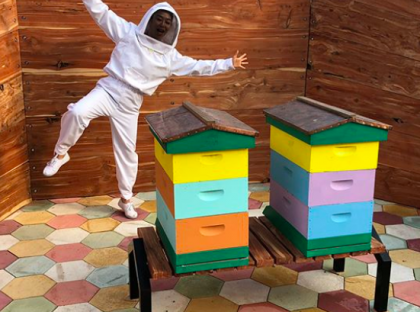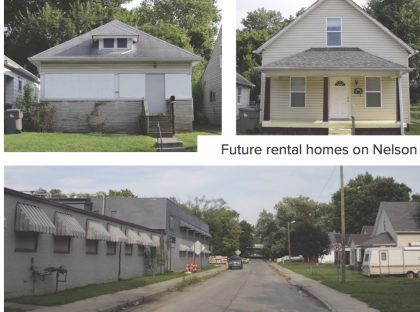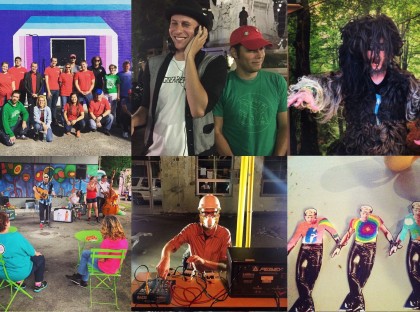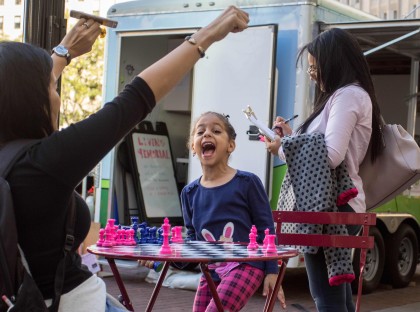By Anne Laker
“Social practice art” is a term we use to describe Big Car’s work: creativity in relation to making the community better. Social practice art comes in many forms. It may address social justice issues head-on. It might offer experiences to participants that end up having healing benefits. Or it might focus on the built environment and creative placemaking. All position the artist as creative problem solver, existing in real-time relation to people or place. All treat people as collaborators in the making.
This year I had a chance to attend two conferences related to social practice art. Said author Lewis Hyde—who spoke to a full house at the School of the Art Institute of Chicago at the A Lived Practice symposium—an artist is “a skilled host of our collective consciousness.” It’s even more true in the world of social practice.
Diverse examples of social practice art include:
- A Virginia artist named Charlie Brouwer I met at the Open Engagement conference in Queens, NY last May asked the citizens of a struggling working class community to loan him their ladders. He made a huge sculpture of them (with clear metaphoric power).
- A team of artists strapped mini cameras on little boats and invited people to pilot them to see beneath the surface of the polluted waterway in New Town, NY.
- Artist Ernesto Pujol was asked to perform a ritual cleansing of a traumatized historical site in Hawai’i.
- In the 1970s, Mierle Laderman Ukeles asked to become the artist-in-residence in the New York Sanitation Dept., engaging workers as collaborators in street-weeping dances and strapping mirrors on trash trucks.
- Behavioral artist Marcus Young works for the City of St. Paul engraving hundreds of poems in sidewalks.
- Last week, Big Car hosted a visit from Dawn Weleski, an artist who sets up new forms of dialogue around conflict and violence, often using food and music as tools for connection.
The “why” is clear. Social practice art is a creative response to the challenges we face in civic life: a lack of beauty and connectedness, environmental degradation, crime, historical memory loss, and diminishing democracy. The artist catalyzes, and then convenes people to remember, recover, re-make or make. Not simple to do, but potentially profound. Many questions emerge:
- What prepares an artist to do work that involves people in the most transformative way?
- If listening and witnessing are key to social practice art, how do you know what to do with all that vulnerable information?
- Can an art project or organization change the way we live in relation to each other?
- Is it relevant to ask about the difference between artwork and social work, as the artist works to curate society?
- Is creating unity and a sense of belonging the goal of social practice art? (so says Ernesto Pujol). Leaving a place or a person in better condition than you found it?
My gut feeling is that social practice art comes down to listening and observing, and then designing an experience or intervention in response. A difficult and delicate act, well worth trying. An exhibition that is never over. A ladder toward a better place of being.

